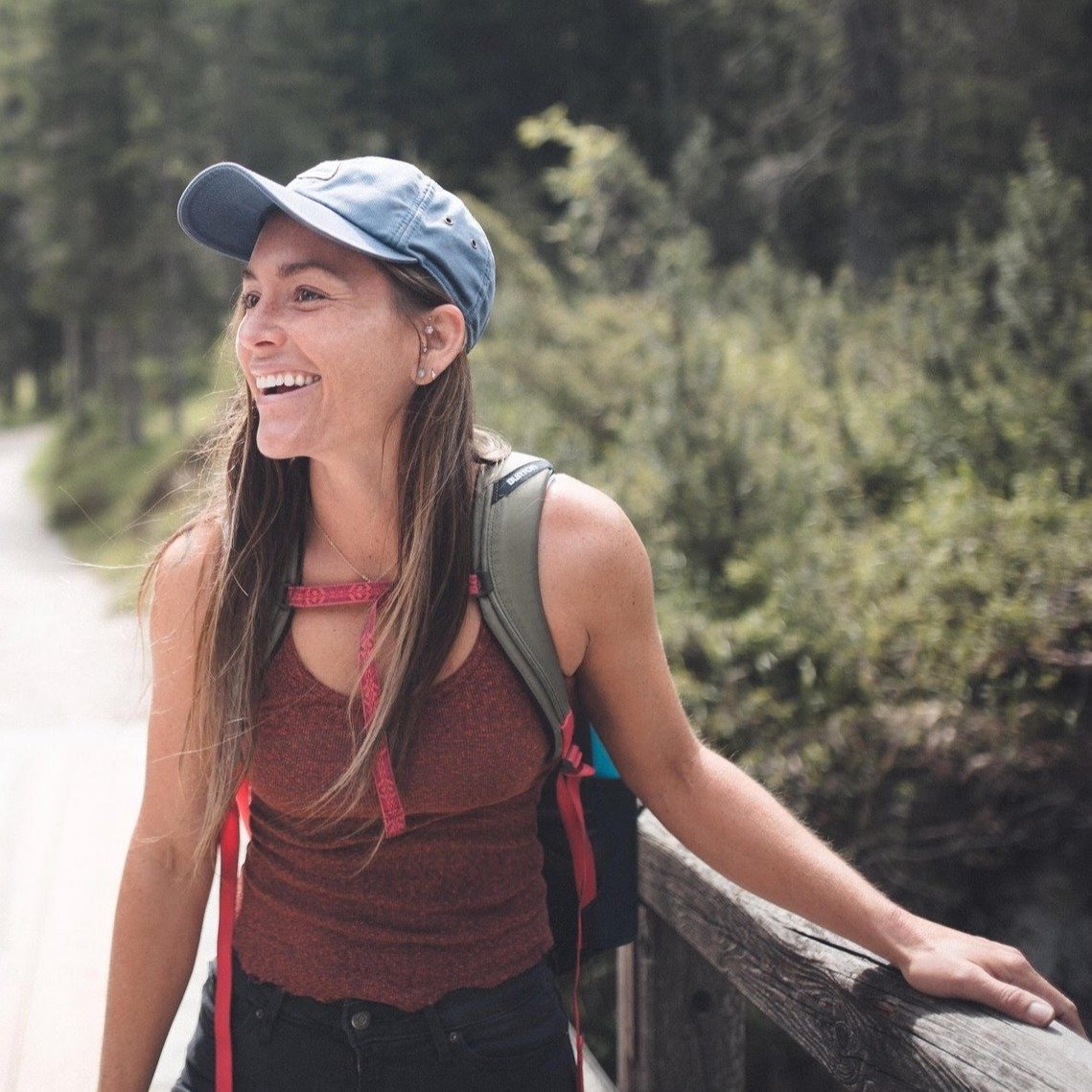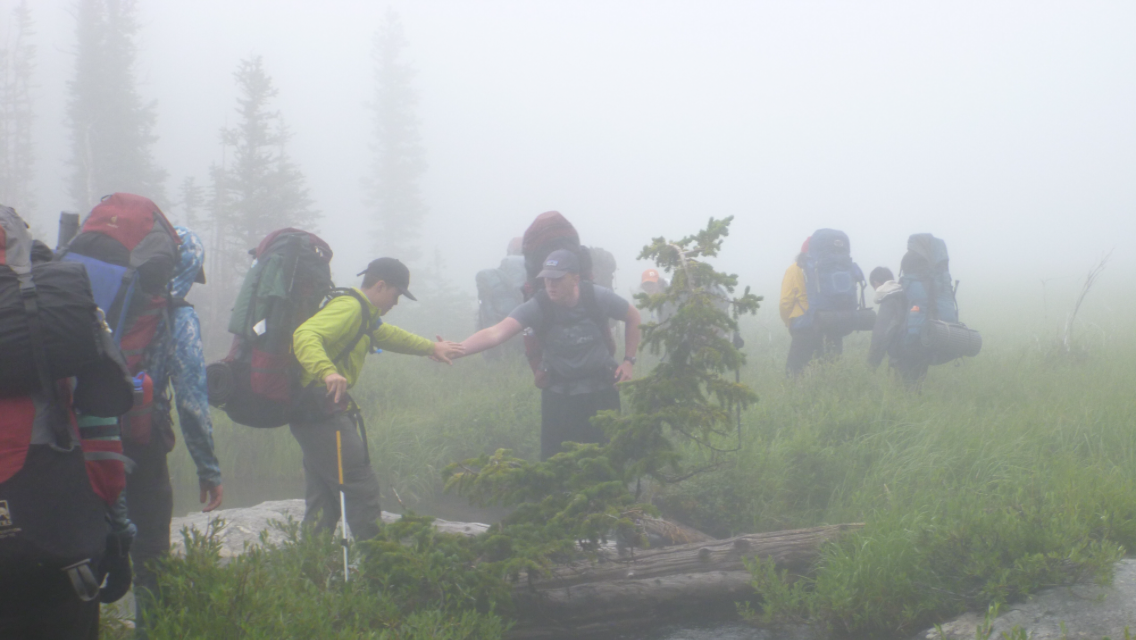.jpg?width=1707&name=AE52A185-BBAE-4C51-82BB-7679E08D982E-A003FFD5-3EA7-4F15-8AB7-8A1C0242449D%20(1).jpg)
It’s the year 2020; it’s been over four years since I witnessed that accident. The one that forever changed my life—the accident that riddled me with feelings of edgy fear and insecurities.
In 2016, during my first experience rock climbing, I happened to be in just the right area of Joshua Tree National Park to witness a fatal climbing fall. It was a grueling hour. I froze mentally; I kept thinking to myself “Why?! Why am I seeing this?”
With no skills or knowledge on how to help, I was just a source of worrisome energy, watching quietly and waiting for rescue. Since then, I've thought to myself over and over, “How could I be more prepared, what do I pack to make sure I am safe? How can I rise above the anxiety and fear to be someone of use?”
The idea of taking a course to help seemed like something for a medical professional. Not for me. I'm too old to be doing medical classes. I have friends who work on ambulances and have some rescue experience—I can count on them.
Still, these feelings kept nagging at me. Four years of continuing to trek out, climb, live in areas without cell-phone service, engaging in risky sports. My time was up. Enough excuses, enough anxiety and worry. Time for a wilderness medicine course.
Yes, a wilderness medicine course. Like I said, I am no medical professional, and enrolling on a ten-day course like the Wilderness First Responder with NOLS seemed daunting…was it overkill? I'd find out.
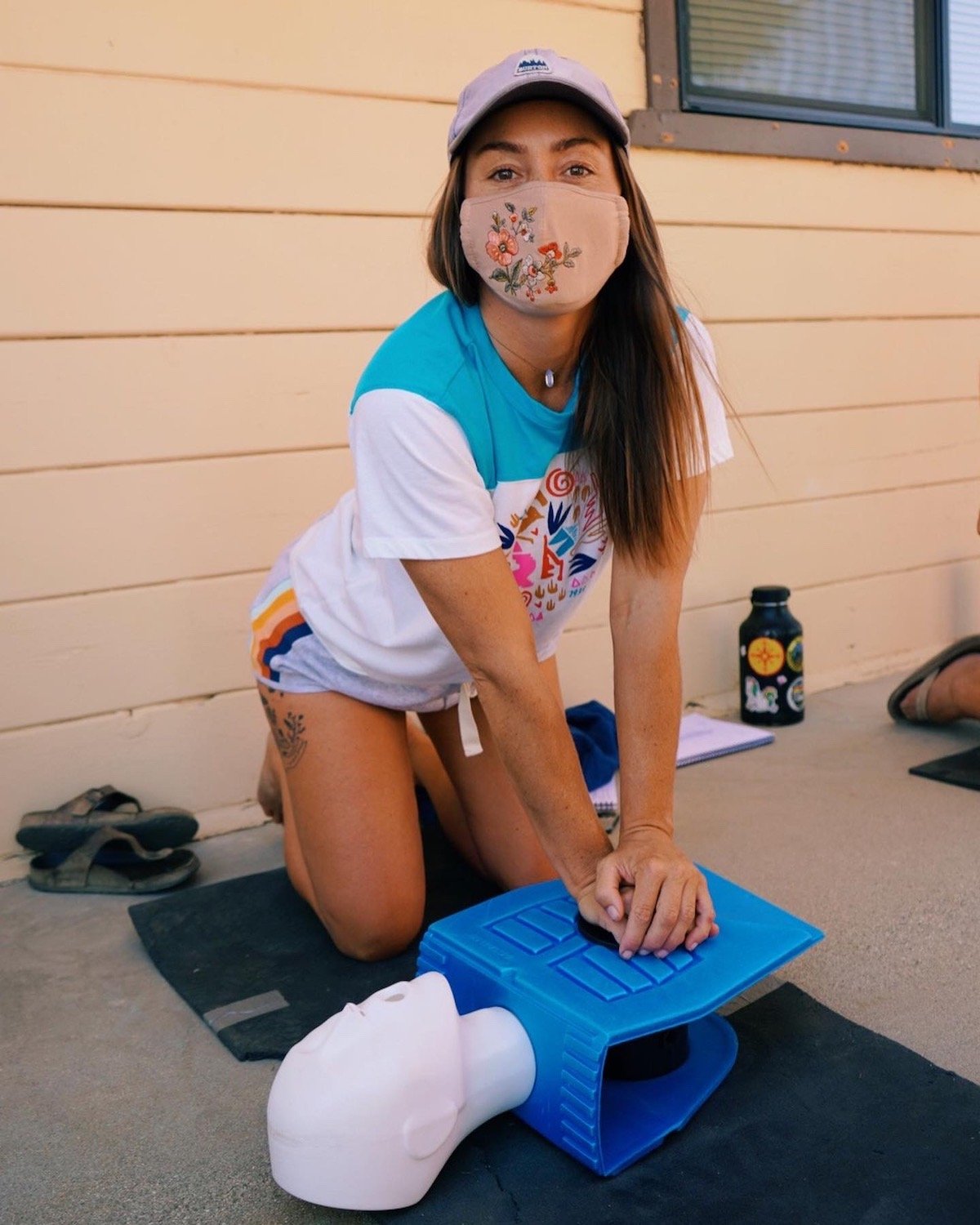
On October 11, 2020, day one of the course began: twenty four strangers nervously unfolded camping chairs in the middle of an expansive desert field decorated with Joshua trees.
I sat quietly like a child on the first day of school, listening closely to introduction conversations going on around me. It dawned upon me as I heard stories about hiking, climbing and other adventures that I wasn’t much different than my classmates. I began to relax. As soon as our course instructors introduced themselves and shared their personal stories, the hard shell I walked into this course with melted away. I felt safe, seen, engaged—and off we go!
Now, let me explain a little about myself: I failed most general education classes in high school. Art and sports were A+ across the board, but traditional learning techniques never really worked for me, and the fear of failing was massive.
When I saw my course instructor pull out a whiteboard and pen, I put my face in my hands. We opened our books and began going over course details. The book didn’t seem very big, but as I flipped through it I scrolled over topics I had absolutely no idea about. “Head trauma!? Sucking wound?? What is all of this!? We only have ten days to learn this!”
As I continued listening, I knew I was going to have to keep faith in the NOLS program. People pass these classes so they must have a method to teaching, right? As the days went by I became absolutely impressed with the way this course was being navigated.
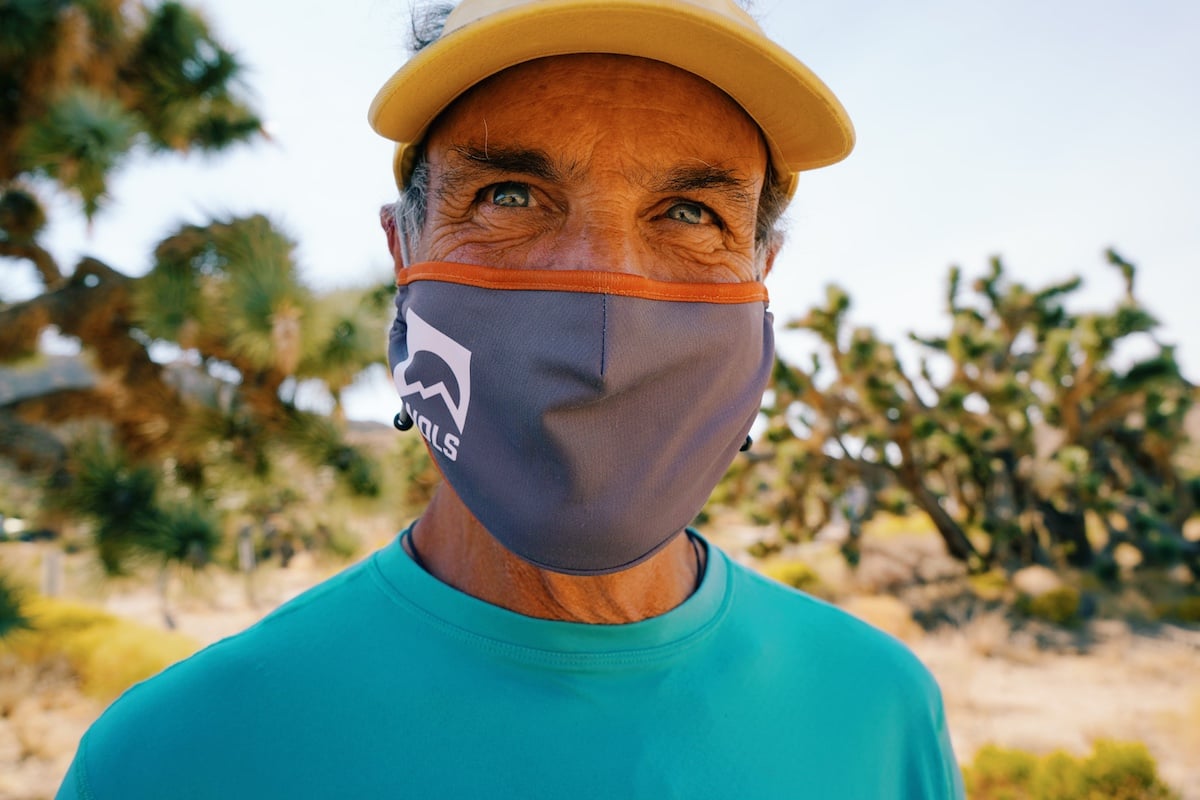
First, those whiteboard lectures were nothing to worry about. The style of our class went from sitting in chairs taking notes to, “Help!! Someone had an accident!” And before I knew it, I was up and helping patients—my own classmates. This became very real, as we rotated being the rescuers and patients while being students.
My adrenaline pumped as I jogged through my notes with my patient lying beside me. Each little detail we just went over on the whiteboard and book was now a life-like scenario. I could feel this part of me being activated; I was truly absorbing the information presented to me.
The patient analysis, head to toe exam, the potential to diagnose and create a rescue plan—all these were exciting. I had never been in a class like this before. Here we were, lying in the dirt, really putting our knowledge to work. The intertwining of new experiences and emotion was creating an environment where I was actually retaining information. After seeing the patterns of this course, lectures then directly into hands-on work, that fear of failure subsided. I knew if I kept applying myself, there was no chance I wouldn’t pass.
In our group of 24 we were encouraged to work with different partners for each scenario, which came in handy in more ways than I expected. As we rotated working with one another, I watched how my classmates applied themselves and their knowledge, I saw their strong suits and learned from them. We learned from each other.
In my role as a patient, I saw how simple, overlooked actions could make me feel uneasy, unsafe. Not only was I learning how to physically rescue someone, I was also learning how to deal with things on a psychological level. How caring for someone goes far beyond an accident or wound. Being a part of wilderness medicine is being engaged in the many dimensions of the human condition and emotions.
As the days went by I felt the intuitive side of me creating choices for my patients. I was learning this form of medicine was not all textbook manners; I was going to have to use my best judgement. My confidence grew as we continued creating scenarios.
And let me mention that these patient assessments and “injuries” seemed very real. Our course instructors used makeup called moulage that looked like bruises, blood, and protruding bones. Each individual in the class took things seriously and really played out their part, creating a realistic environment with stressors and heightened emotional states. I really cannot express enough how this style of learning was an important part of my education—and it was working.
As the days went by, the nervous group of 24 strangers grew into a caring family. The desire to help each other through the learning experience was immense. Here we were, in the middle of Joshua Tree National Park, chasing the shade all day, sitting and lying in the dirt, assessing each other for wounds and broken bones. The connection became very real and the level of support grew. Each one of us knew it was important that everyone in our class succeed, because now we all cared about one another.
Before I knew it, our assessment day had arrived. That feeling crept up again…fear of failure. It’s only natural. I spoke with my course instructors and let them know I was a little stressed and they calmed me, letting me know this was a day to show off everything I had learned. It wasn’t a test, it was a celebration. I wiped the sweat away and smiled. Okay, I was ready.
A multiple choice exam and practical exam with a randomly selected partner, about two hours later and…I passed!!! All 24 of us passed!! YESS! It felt so good.
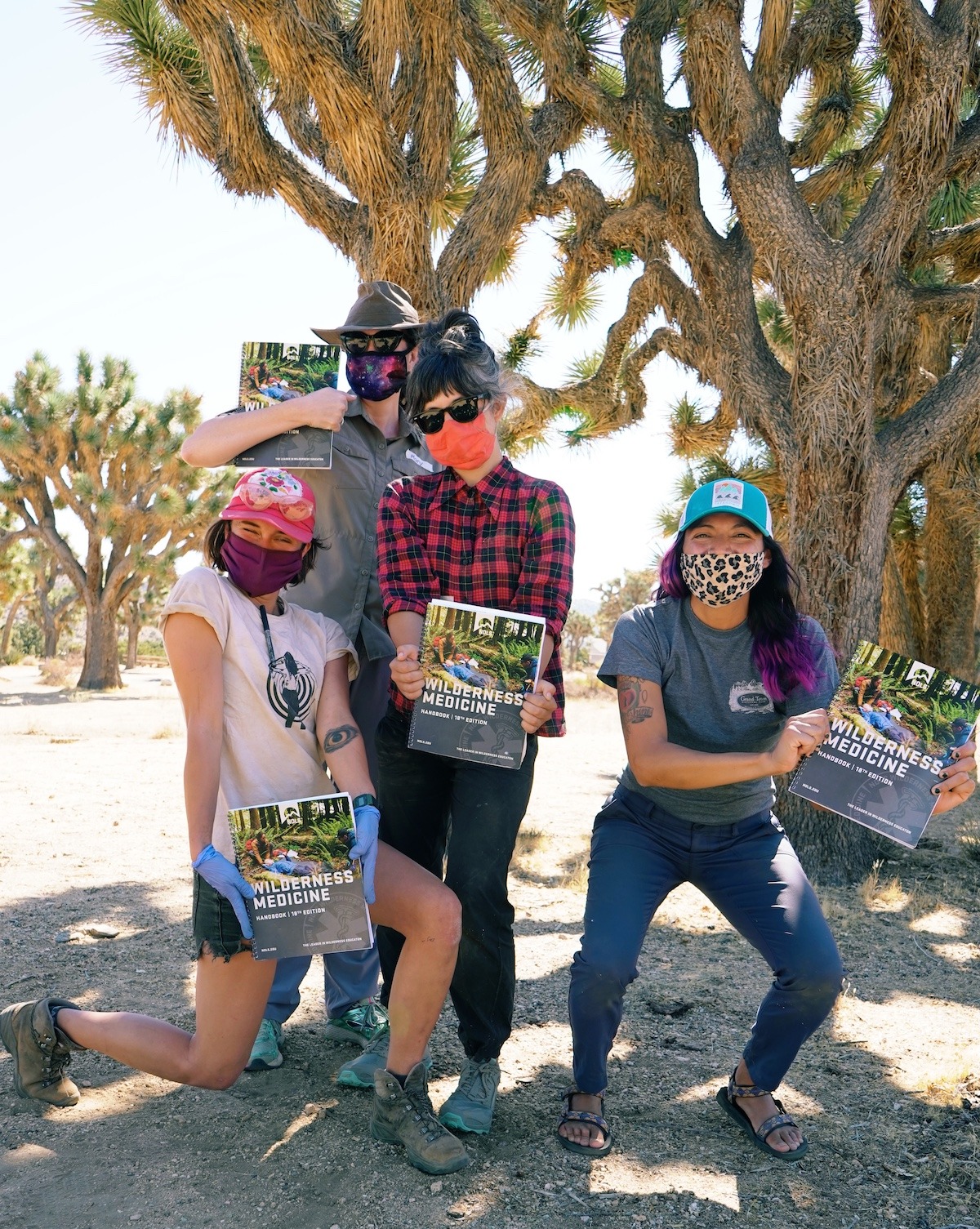
This course not only taught me in depth about wilderness medicine, it also taught me about myself: that I can learn; I can grow and trust myself in the face of an incredibly stressful scenario. The leadership skills I gained, friendships, feelings of self worth—every minute of those 10 days brought me to this moment. What seemed like a daunting week and a half went by quickly and gifted me more than I could have ever imagined.
That accident four years ago, it’s okay that it happened. Things happen. The ability to let go of the fear attached to it was what needed to change. And it did. It’s gone. After my Wilderness First Responder, I will never be the girl who froze again. I see a way to help. I trust myself now. I would have taken this course sooner had I known it would help grow the confident leader inside of me.
Stop wondering if taking a Wilderness Medicine course is good for you—it will absolutely change you and prepare you to stand up in the face of an accident. Do this not only for others, but for yourself. I promise, you will love who you become.
Whether it’s a Wilderness First Responder or the two-day Wilderness First Aid course, you will gain more than peace of mind. When you understand safety, it frees you up to relax and have fun.
Visualize yourself, right now. Who would you be in the face of a severe injury? Facing the possibility of having to take care of someone for days off the grid, will you be able to step up as a leader? If you aren't sure about the answer, then one of these wilderness medicine courses will definitely help you get there.
Written By
Meg Kee
In 2013, the year her son Keegan was born, Meg Kee created a social media collective called @mountaingirls in an attempt to get more women into outdoor sports. Through Mountain Girls, she has had the opportunity to host a number of gatherings, introducing groups of women to sports like mountain biking, rock climbing, skiing and snowboarding.


